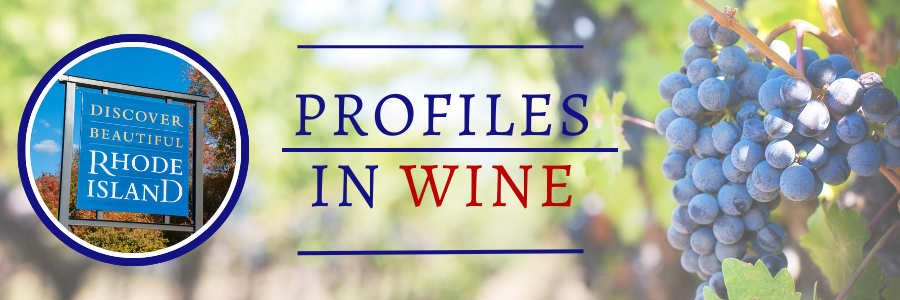Rhode Island, known as the Ocean State, is not actually an island but might as well be in terms of the grape-friendly coastal climate and the Gulf Stream’s warming of Rhode Island Sound and the Sakonnet River. Because of this, tiny Rhode Island has the mildest climate in the east, with winter temperatures rarely plunging below zero and summer temperatures cooled by the ocean breezes.
King Charles II in 1663 approved viticulture and wine production as appropriate land uses for the new colony, but the modern industry dates back to just 1975 when Sakonnet Vineyards opened. Famed for its elegant mansions and world-renowned jazz festival, Rhode Island has also become a producer of fine wines.
Greenvale Vineyards, on a Portsmouth farm created in 1863, now has the eighth generation farming the land on a breathtaking landscape along the Sakonnet River. The vineyard was started in 1983, with Nancy Wilson Parker as President, her husband Bill Wilson an architect and son Bill Jr. the winemaker. The tasting room is in a restored historic stable, and there are several wedding sites on the property, including a ceremony site among the vineyards overlooking the river, and a waterfront tent site overlooking Aquidneck Island.
Newport Vineyards, located on 100 acres of historically preserved farmland, includes 70 acres of vineyard and annual wine production exceeding 30,000 cases. Owned and operated by the Nunes family, the popular destination also includes a “100% from-scratch” locavore restaurant (Brix) and micro-brewery (Taproot Brewing Company).
Great Grapes: Chardonnay
Chardonnay is one of the world’s most widely planted grapes and most popular wines, due to both its favorable viticultural characteristics and versatile styles in the glass. The grape is relatively cold-hardy and ripens in mid-season, and is widely used in sparkling wines along with unoaked and oaked table wines. Tastes can range from crisp, fresh and fruity (apple, lemon, citrus) to oak and vanilla from barrel-fermented versions and creamy-buttery after malolactic fermentation. As a result, it’s great as a sipping wine and with a wide range of foods.


